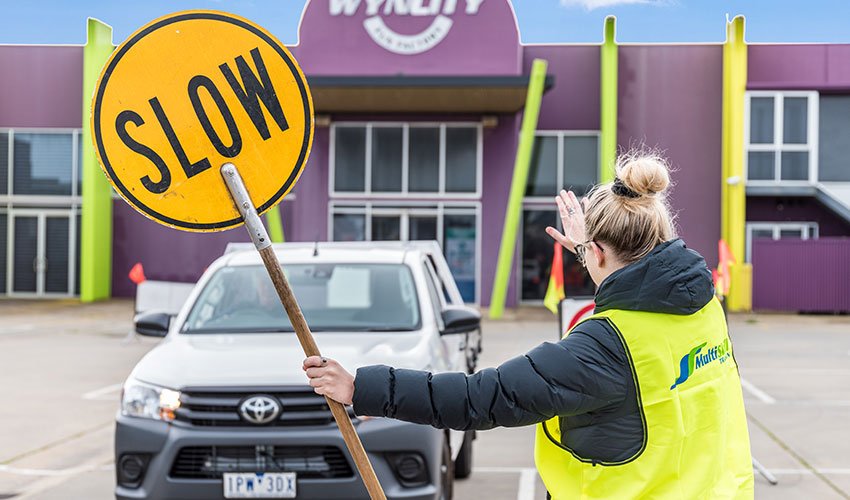Effective traffic control management course training is an essential part of the overall safety of any worksite. If you’re just starting out, or maybe looking for your first job in traffic management, you’ll no doubt have noticed that the vast majority of building and civil construction projects require some form of traffic management.
At MultiSkills, we host courses and provide training designed to get you ready for work in the civil and building construction industries. In this article we’re going to set out some of the key must-haves of traffic management in urban settings. Let’s explore what you’ll need to think about and stay aware of while you’re on the job.
1. Planning and Preparing
First and foremost, traffic management is about planning and preparing. This will help you understand the work requirements and the timing of everyone and everything around you. This crucial step will enable you to Identify, address and report potential risks, hazards and environmental issues and implement control measures. The awareness that this will help you build will give you the knowledge to let you make safe and informed decisions.
2. Setting out the Guidance Scheme
Good visibility is something you’re going to want to think about it at a couple of levels. In an urban environment, it is imperative that you set out the traffic guidance scheme to suit site conditions, traffic volumes and work activities. Signs and devices must be correctly positioned and displayed so that traffic is controlled in such a way to effectively protect the work crew.
3. An Ability to Communicate effectively
Work sites have a language of their own. Your role will see you working with site managers, construction workers, and the vehicle operators themselves. Learning to correctly use signs, stop/slow bats, hand signals, & two-way radios is key to maintaining a safe traffic management scheme.
4. An Ability to Assess Risk
Traffic management is all about safety, and safety is all about assessing and controlling for risk. Urban settings come with their own set of unique risks and the conversations happening around you aren’t always going to detail everything you have to look out for. The ability to assess risks on your own such as changes in conditions or traffic movement is going to be your greatest tool in safely managing the demands of your role.
5. Direction and Signalling
Like we’ve said, urban environments can be busy and chaotic. There are going to be plenty of things that are going to make it hard for a driver or pedestrian to spot and follow a direction from either you or one of your co-workers. Your slow/stop bat may look pretty obvious to you, but you still need to make sure you’re using it in a way that makes your directions easy to spot and follow. Also, signs and devices must be positioned in such a way that they signal the driver clearly on approach to avoid mishaps and confusion.
6. Monitor the traffic guidance scheme
The traffic guidance scheme needs constant monitoring throughout the day. Traffic flow can change according to traffic movement, times of day, weather conditions, and project stages. You must constantly monitor work activities and provide guidance to adjust the scheme where required.
7. Ongoing Training
At MultiSkills Training, we pride ourselves on getting our students prepared for work in the civil and building construction industries. Staying work-ready means regularly checking in on new developments that relate to your role. Stay in the loop with ongoing training. MultiSkills Training is a registered training organisation geared perfectly to help you stay sharp and informed.
MultiSkills Training deliver traffic control management course training that is perfect for those wishing to make a career change. In our course you’ll learn everything you need to know to jump straight in.
Get in contact with us today to get started! You can find all you need to know here.


